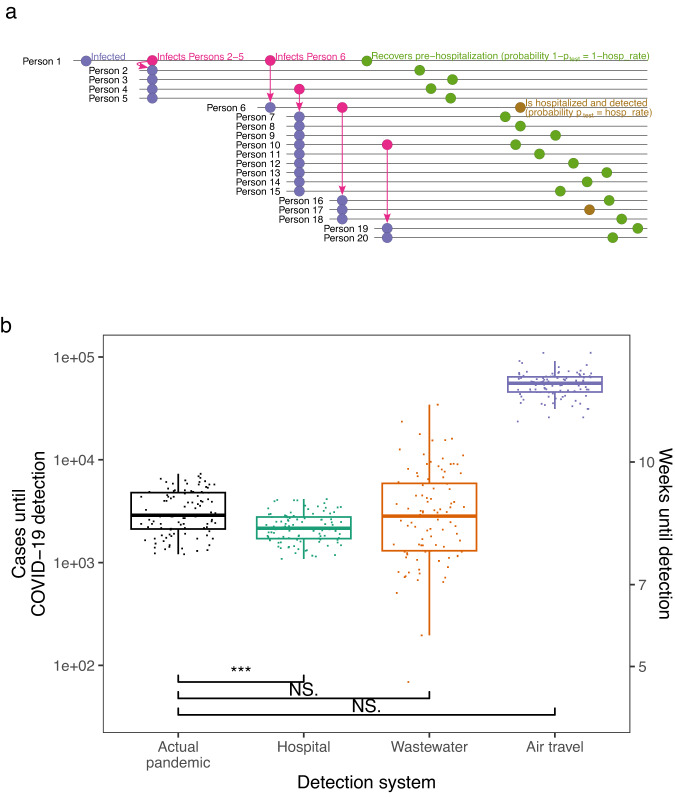Fig. 1. Early detection’s impact on COVID-19 detection in Wuhan.
a Schematic of first 20 infections in a simulated run of the detection model. In this run, Person 1 seeds an outbreak in a community covered by a hospital detection system. Each person infects a number of individuals determined by a draw from a negative binomial distribution. Each person is then detected by the detection system with probability (gold) or goes undetected (olive); in the hospital system, equals the hospitalization rate. b Estimated cases until COVID-19 detection in the actual pandemic versus model-simulated cases until detection for proposed detection systems (box plots indicate median (middle line), 25th, 75th percentile (box), and points closest to 1.5× interquartile range (whiskers)). Estimates for the actual pandemic are drawn from ref. 56. Points for proposed detection systems are simulated case counts from the model (actual pandemic (black), hospital (teal), wastewater (orange) and air travel (purple)) assuming a Wuhan-sized catchment (650,000 people). Three, two, and one asterisk(s) signify that the cases upon detection for the detection system are statistically significantly lower than those in the actual pandemic at the 0.001, 0.01, and 0.05 levels, respectively, in one-sided t tests. NS. signifies not statistically significantly lower at p = 0.05. P values for systems detecting earlier than in the actual pandemic are 1.9e-09 (hospital), 0.98 (wastewater) and 1 (air travel). Equivalent weeks until detection are shown on the right y axis. Each boxplot shows 100 simulations (points).

